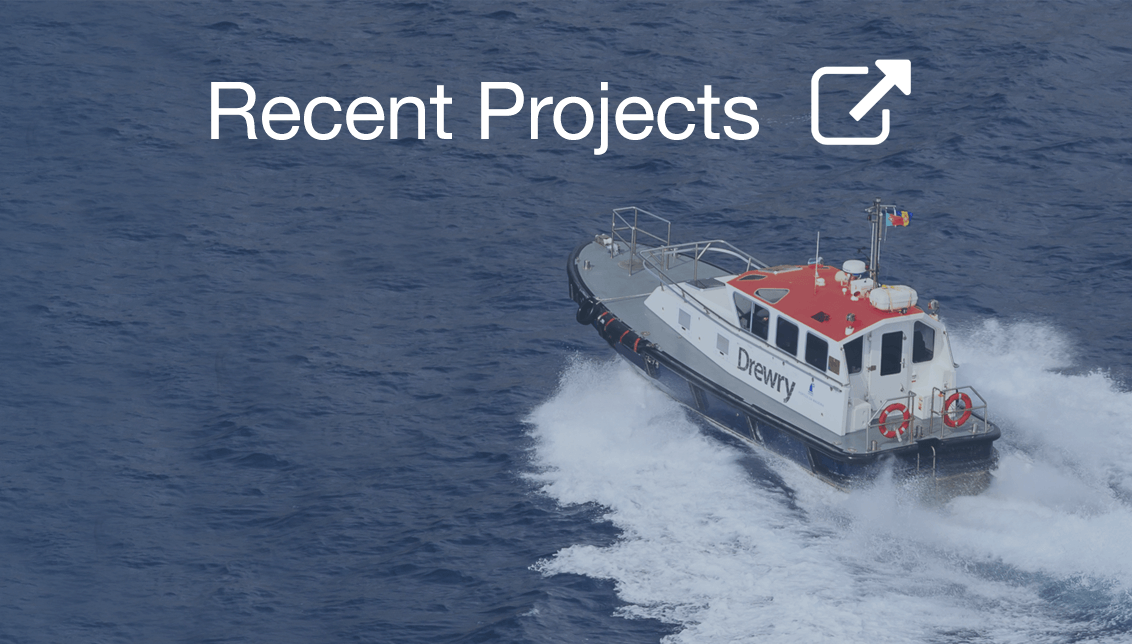Browse Products by Sector
Container ShippingContainer Equipment Assets
Ports and Terminals
Dry Bulk Shipping
Tanker Shipping
Gas Shipping
Specialised Shipping
Multimodal Transport
Logistics Management
Ship Operations and Management
Other popular areas
Browse subscriptions by Sector
Container ShippingPorts and Terminals
Dry Bulk Shipping
LPG Shipping
LNG Shipping
Crude Tanker Shipping
Product Tanker Shipping
Financial Advisory
Valuations
Drewry Financial Research Services Ltd is authorised by the UK Financial Conduct Authority (FCA).
ESPO pipeline capacity expansion - a mixed bag for tankers
Expansion of the Russia-China pipeline will hit Aframaxes employment in 2018, but the expected changes in trade patterns will provide additional employment for VLCCs.
The recent capacity expansion of the East Siberia-Pacific Ocean (ESPO) branch pipeline between Russia and China will change crude oil trade patterns in 2018 because additional crude through pipeline will beat the expense of Russian crude supplies to Europe.
The first ESPO pipeline branch runs from Mohe at Russian border to the Chinese city of Daqing, and it has sent 15 million tonnes (300 kbpd) of Russian crude oil to China since 2011. The initial line has now been joined by a parallel pipeline and from the1st of January, 2018 it has doubled exports capacity to 30 million tonnes annually (600kbpd).
Initially, we expected that the new pipeline would be supplied by increased Russian crude output and that Russia’s exports to Europe would remain intact. Plus the new pipeline would replace China’s potential seaborne imports from Middle East and Africa by an equivalent volume, thereby hurting demand for VLCCs.
However, the recent extension of the production cut by OPEC and non-OPEC producers suggests that Russia’s crude production and exports are unlikely to change in 2018 compared with 2017. It now looks likely that growing Russian exports to China through pipeline will be at the expense of declining Russian exports to Europe.
As Russia is aiming to increase its trade with Asia, seaborne exports from Kozmino terminal on the Russian Pacific coast are unlikely to decline. Similarly, direct supply committed to European refineries through Druzhba pipeline is also unlikely to decline. In such a scenario, an increase in pipeline supply to China is expected to cut shipments of Urals grade oil from Primorsk on the Baltic coast port to Europe.
In turn, European buyers are likely to fill this gap through higher imports from Middle East, West Africa or US. From our perspective the most likely suppliers to European refineries will be Middle Eastern producers, whose crude volumes will be displaced by increased Russian crude supply to China.
The expected decline in trade on the Baltic-UK/Cont route will reduce employment for Aframaxes. While reduced seaborne trade on the AG-China route will hurt employment for VLCCs, we are of the opinion that it will still be a net gain for VLCCs if European buyers opt for Middle Eastern crude, which is the most likely outcome to fulfill gap created by the loss of Russian supplies. But if European buyers opt for US or Nigerian crude, demand for Suezmax vessels will increase.
© Copyright 2024 | Drewry Shipping Consultants Limited. All Rights Reserved. Website Terms of Use | Privacy Policy




